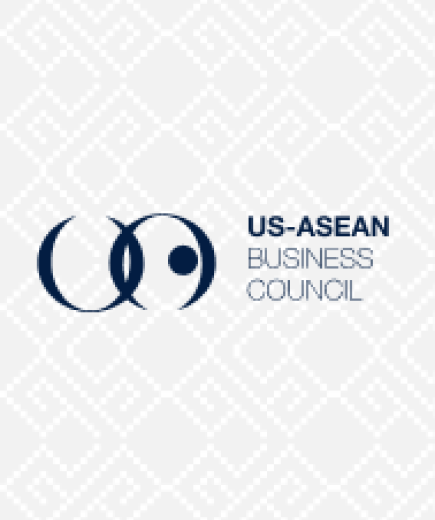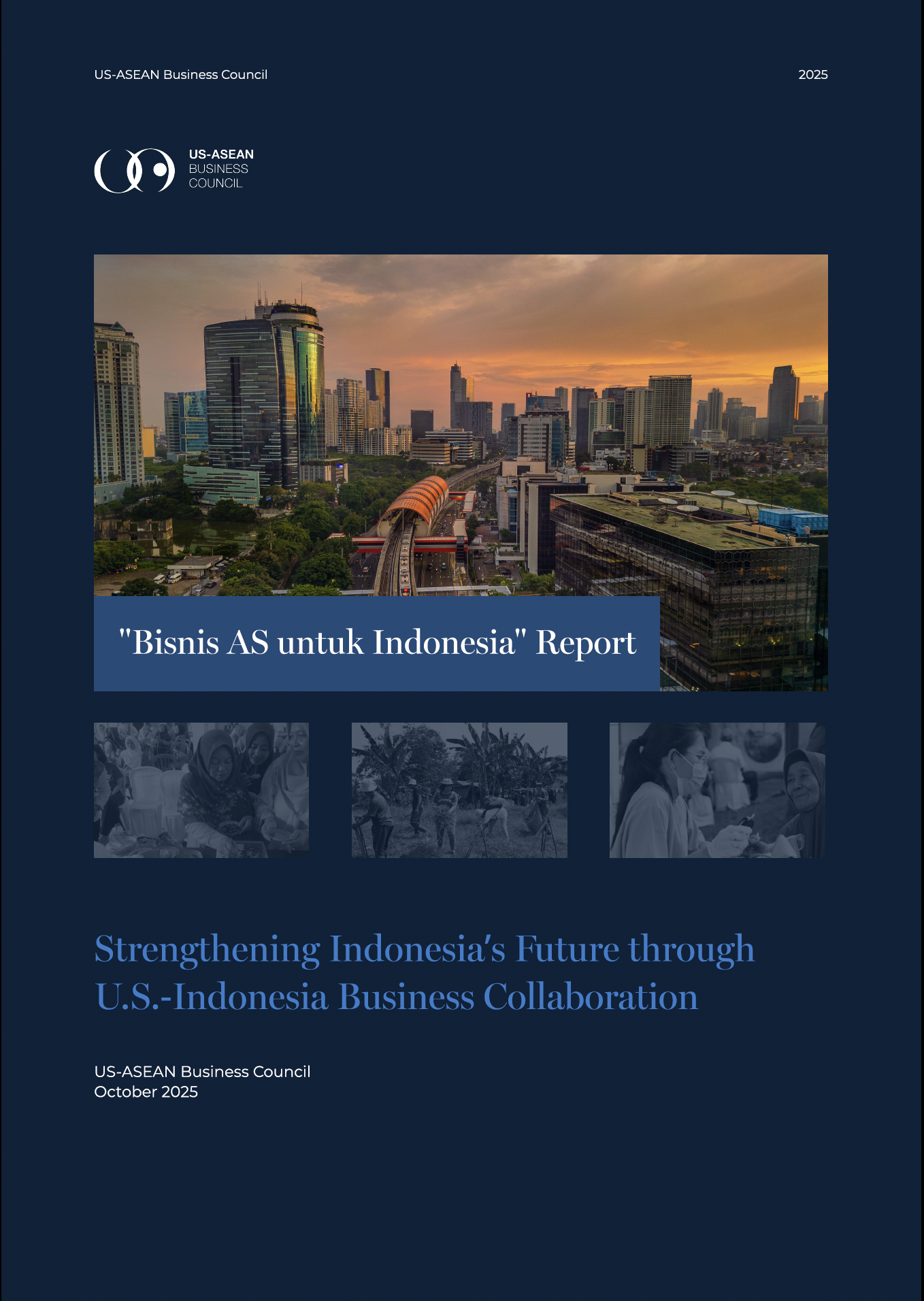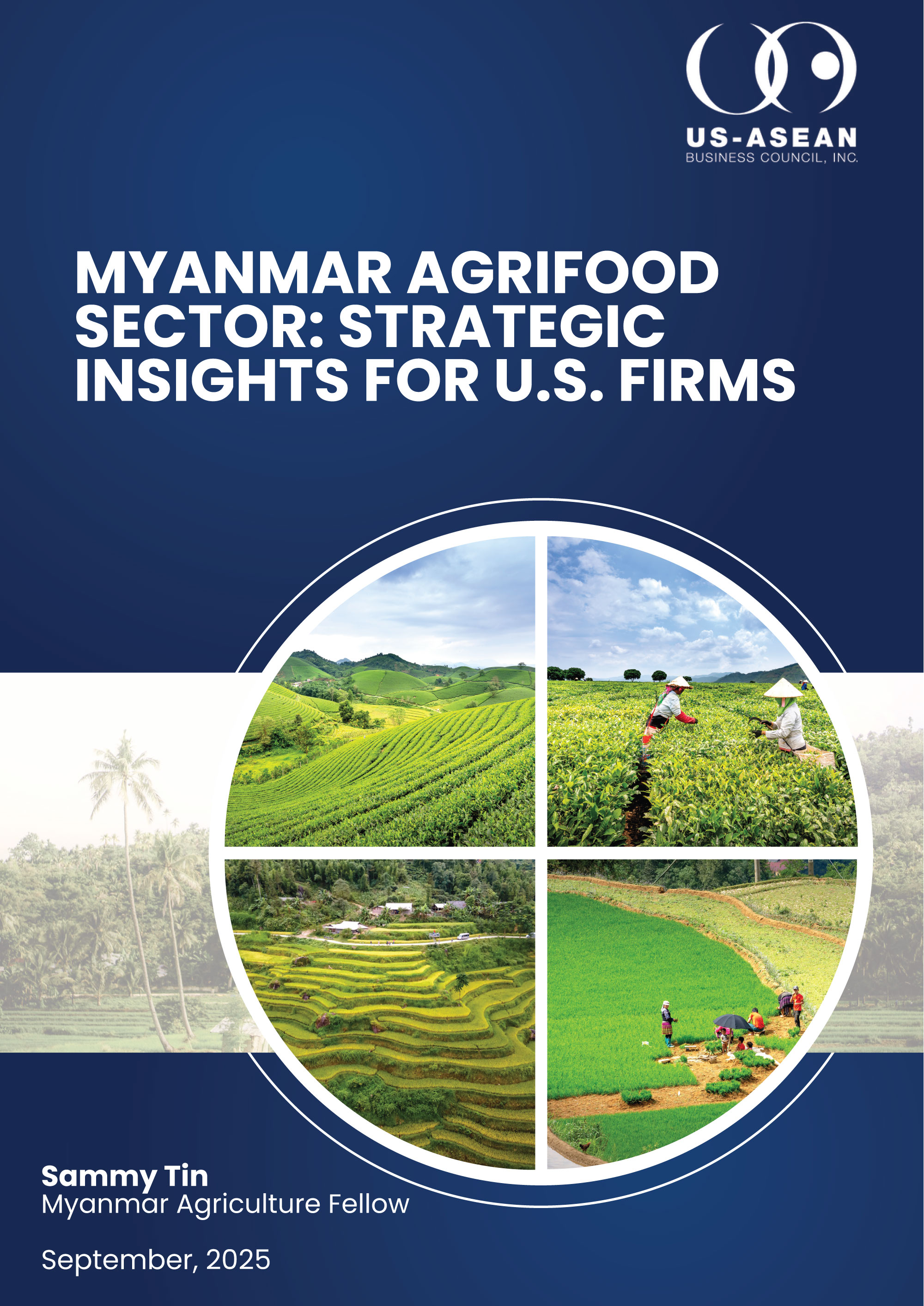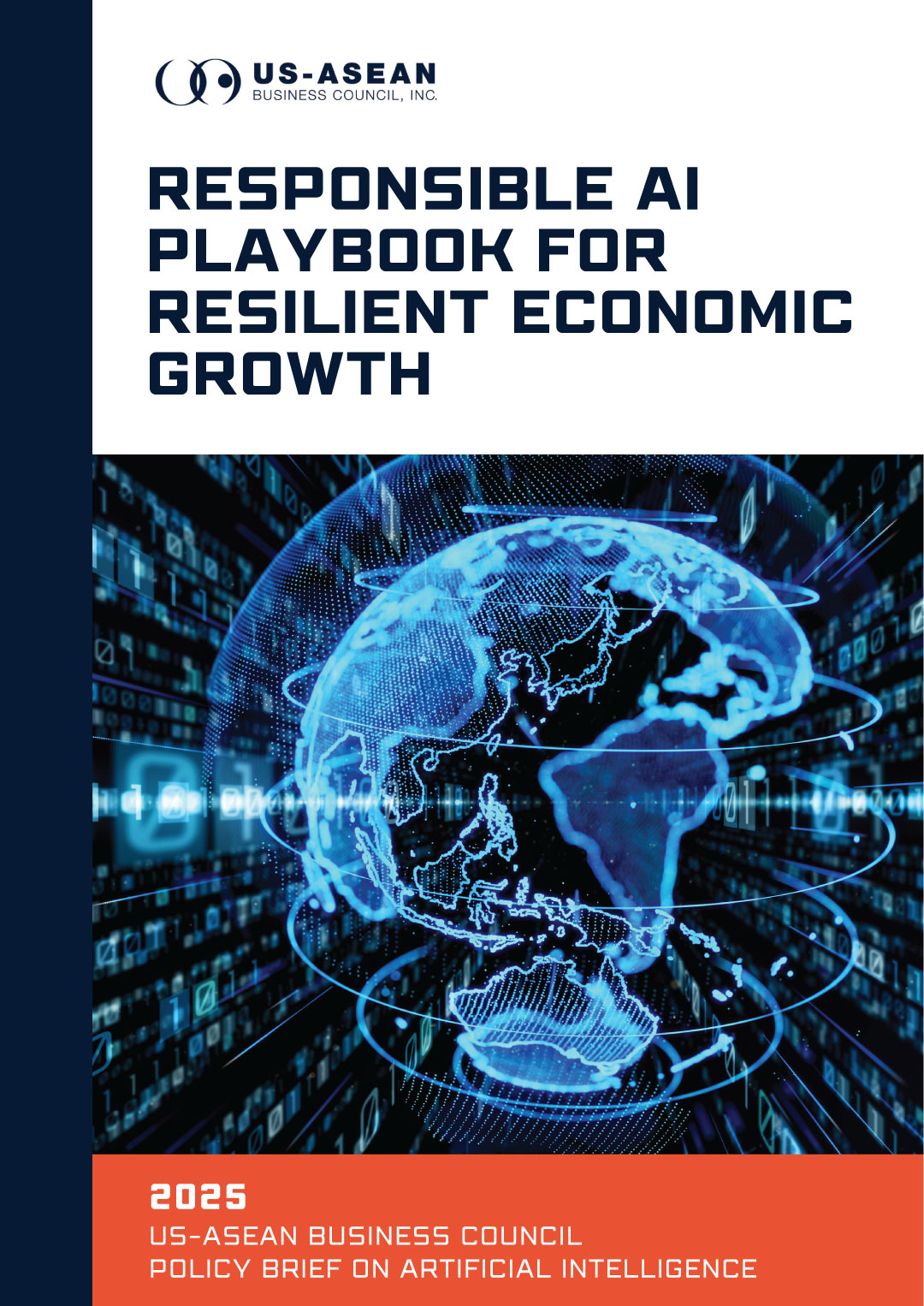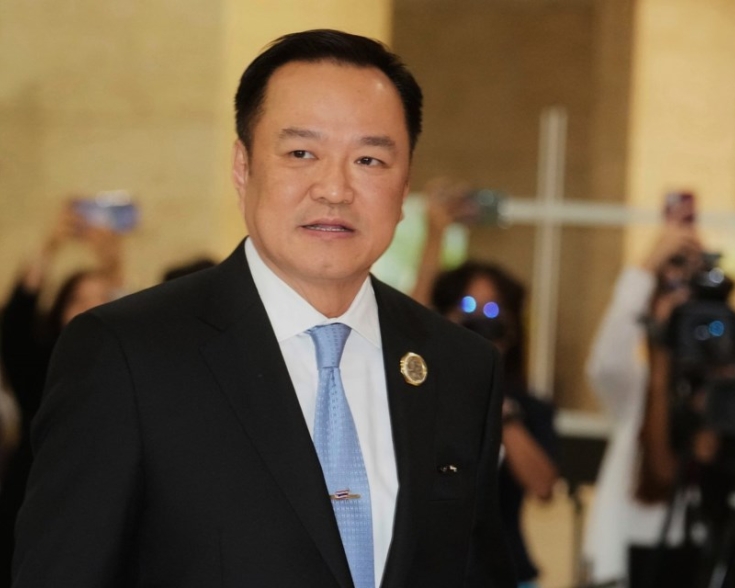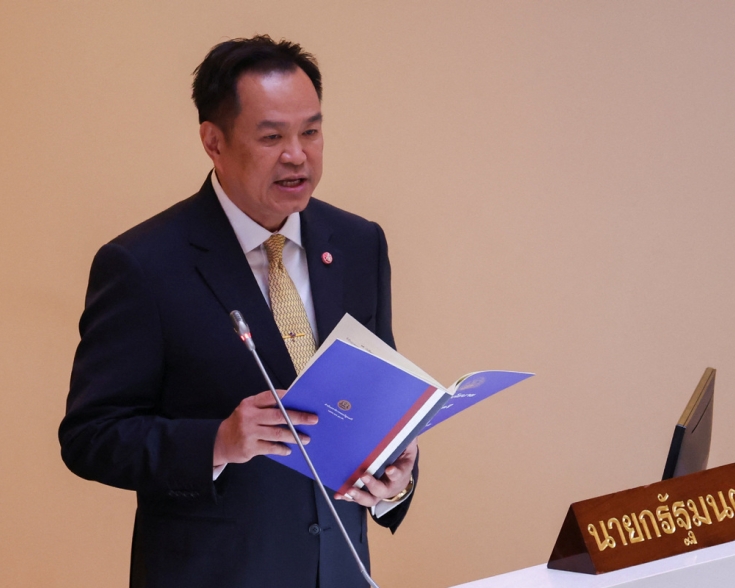U.S.-China Reciprocal Tariff Negotiation Delays 90-Days until November 10, 2025
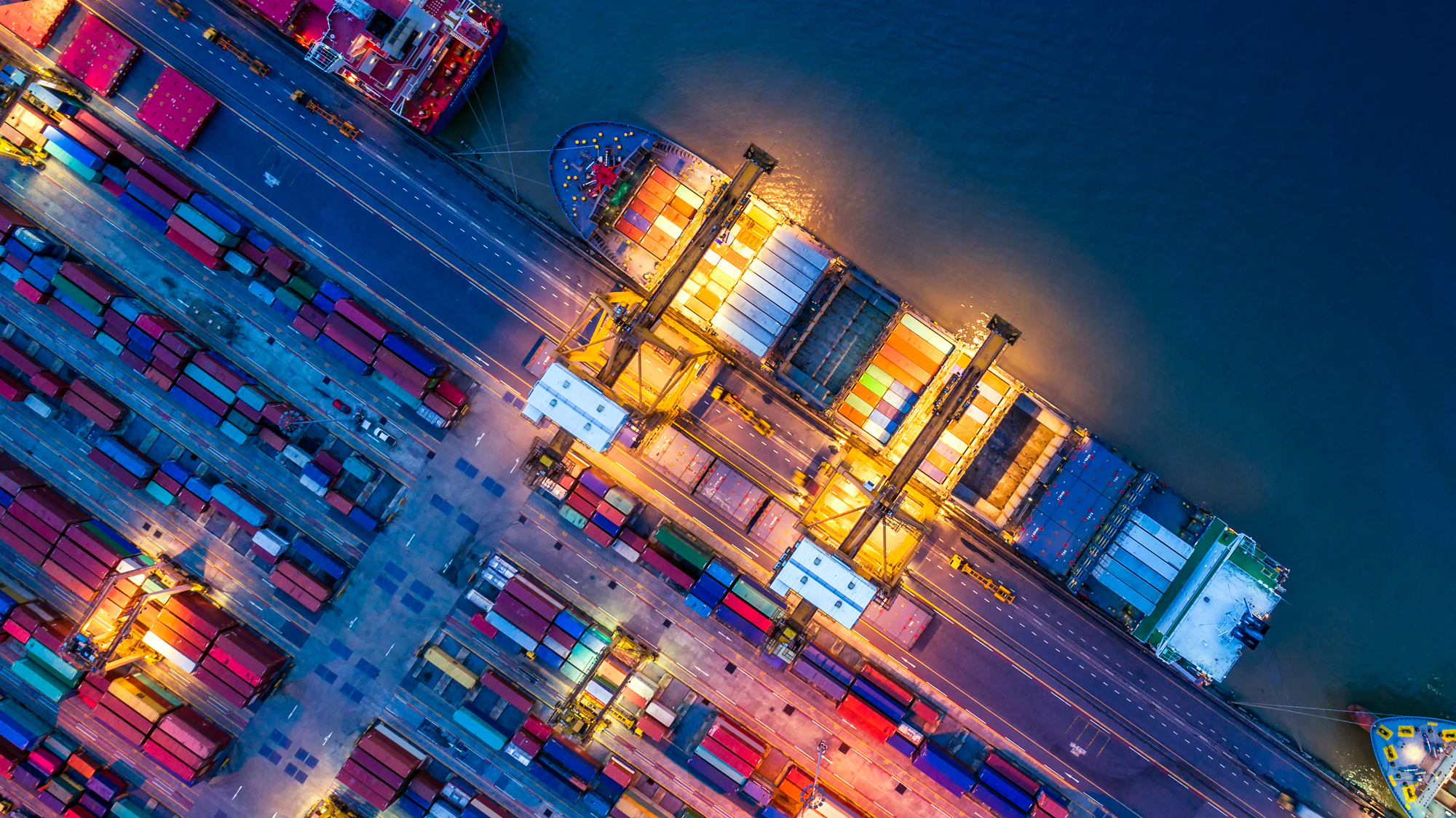
The POTUS met with Chinese President Xi on August 11, 2025, and both parties agree to delay reciprocal tariffs until November 10, 2025. According to the POTUS, China is making meaningful moves to address U.S. economic and national security concerns. President Xi has invited President Trump to visit China in September. Another possibility venue for a discussion is at the ASEAN summit set for October in Malaysia. Malaysia’s prime minister has said the POTUS will attend, although the White House has not confirmed this intent.
As the U.S.-China reciprocal tariff negotiations delay, it creates opportunities for U.S. businesses to secure supply chains outside of China to Southeast Asia and pursue more G2G talks of NTBs and tariffs. Facing rising U.S. tariffs, Chinese firms are increasing investments and manufacturing production in Southeast Asia. Many businesses and policymakers in Southeast Asia are concerned about the risk of Chinese firms selling good at excessively low prices that displace local competitors or to address their own overcapacity. This can be an opportunity for U.S. businesses to diversify Southeast Asia’s investment portfolio. The USG can leverage mutual investment diversification in G2G tariff frameworks as a strategic negotiation point to address non-tariff barriers (NTBs) and enhance market access.
Additional relevant articles:
- Commentaries on India-ASEAN Trade Relations: https://www.policycircle.org/economy/asean-fta-trade-deficit/ and https://www.business-standard.com/opinion/editorial/india-must-deepen-ties-with-asean-nations-not-abandon-its-trade-agreement-125070901462_1.html
- Commentary of ASEAN’s trade policy options https://eastasiaforum.org/2025/08/17/southeast-asias-trade-battle-plan-for-the-post-trump-world/
- Indonesian commentary on US-ASEAN trade relations: https://www.thejakartapost.com/opinion/2025/07/18/indonesias-trade-deal-with-the-us-needs-asean-and-more.html
